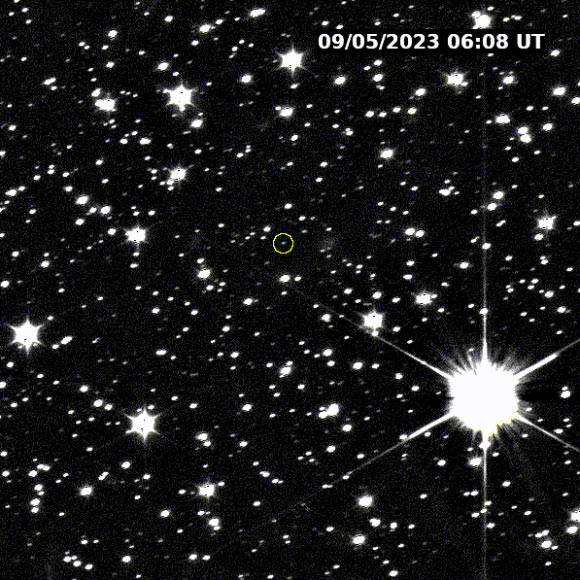Sample Return Capsule from NASA’s OSIRIS-Rex Mission Lands Successfully in Utah
OSIRIS-Rex’s capsule containing precious samples from the near-Earth asteroid (101955) Bennu landed safely in a targeted area of the Department of Defense’s Utah Test and Training Range near Salt Lake…











